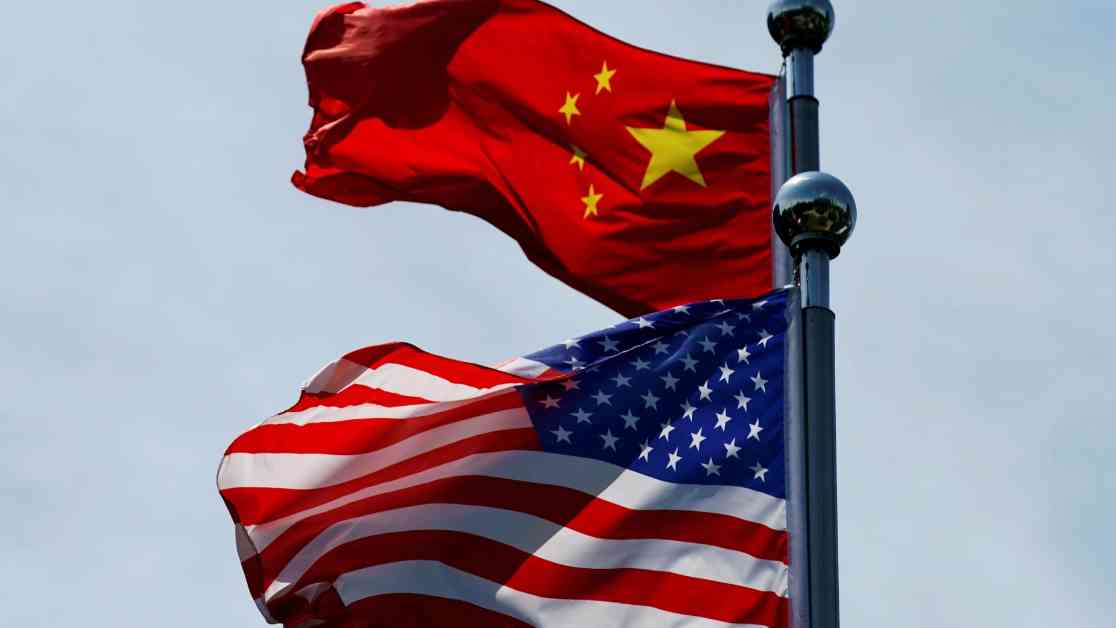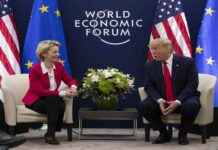President-elect Donald Trump announced on his social media platform that he plans to increase tariffs by an additional 10% on all Chinese goods entering the U.S. He also stated that his first executive order on Jan. 20 will impose tariffs of 25% on all products from Mexico and Canada, effectively ending a regional free trade agreement.
Trump’s decision to escalate the trade war was motivated by concerns over illegal immigration and the illicit drug trade. He specifically mentioned the issue of Fentanyl, a synthetic opioid responsible for thousands of overdose deaths in the U.S. each year. Trump accused China of failing to address the problem, leading to his decision to impose additional tariffs.
While the 10% tariff on Chinese goods was lower than market expectations, experts predict that China will respond by cutting rates, increasing fiscal stimulus, and possibly devaluing its currency to mitigate the economic impact of the increased duties. Mexico, as the largest trading partner of the U.S., followed by Canada and China, is also expected to feel the effects of the tariffs.
The U.S. and China have a significant trade relationship, with China being the largest trading partner of the U.S. on a single country basis. However, the Asian country’s largest regional trading partners are the Association of Southeast Asian Nations and the European Union.
It is clear that the trade war escalation initiated by Trump will have far-reaching implications for global trade and economic relations. The impact on businesses, consumers, and international cooperation remains to be seen as countries navigate the challenges posed by increased tariffs and protectionist measures.

















